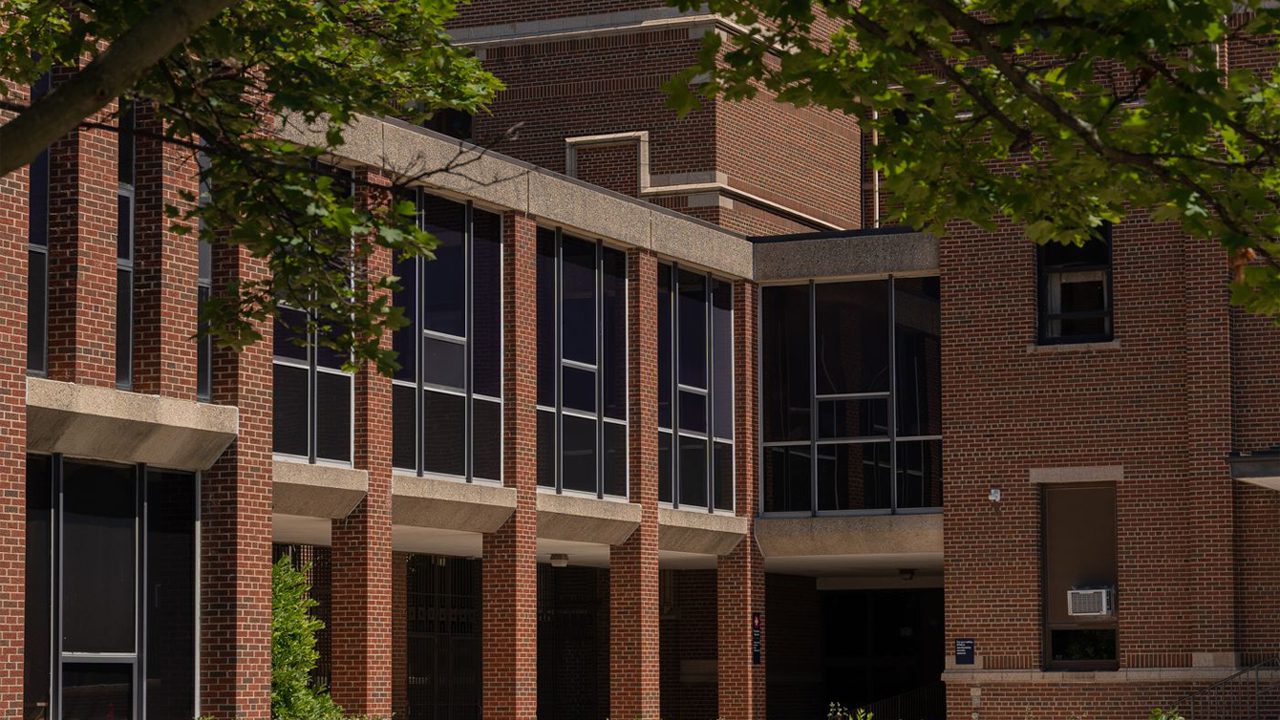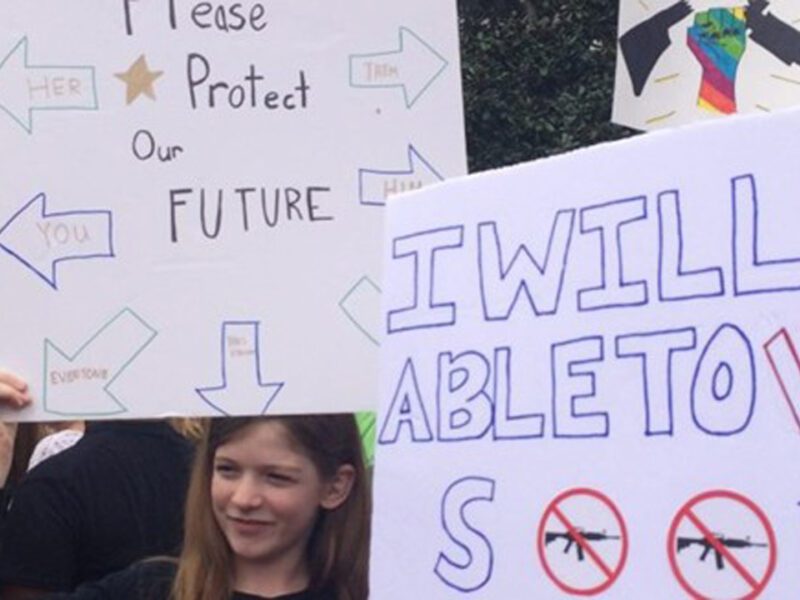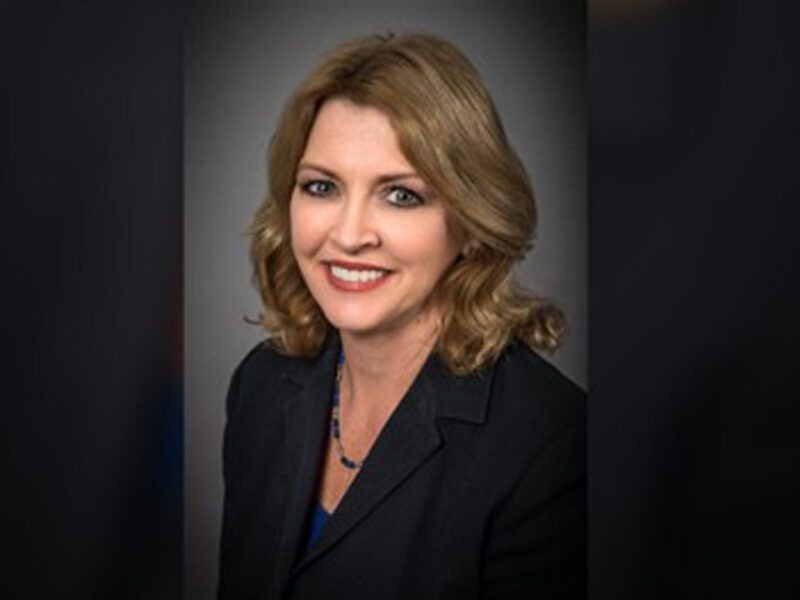
To Shrink Learning Gap, This District Offers Classes Separated by Race
High school in Evanston, Ill., offers so-called affinity classes, in which Black and Latino students are separated from white students
The Wall Street Journal | By Sara Randazzo and Douglas Belkin | November 26, 2023
EVANSTON, Ill.— School leaders in this college town just north of Chicago have been battling a sizable academic achievement gap between Black, Latino and white students for decades. So a few years ago, the school district decided to try something new at the high school: classrooms voluntarily separated by race.
Nearly 200 Black and Latino students at Evanston Township High School signed up this year for math classes and a writing seminar intended for students of the same race, taught by a teacher of color. These optional so-called affinity classes are designed to address the achievement gap by making students feel more comfortable in class, district leaders have said, particularly in Advanced Placement courses that historically have enrolled few Black and Latino students.
“Our Black students are, for lack of a better word…at the bottom, consistently still. And they are being outperformed consistently,” Monique Parsons, Evanston school board vice president, said at a November board meeting. “It’s not good.”
School districts across the country have sometimes struggled to find ways to boost the performance of Black and Latino students, who, nationwide, tend to enroll in fewer advanced classes and score lower on standardized tests than white students.
Creating classes for students of a single race is a strategy that has been used sparingly in public K-12 education. When it does happen, it is more often in elective classes or after-school programs focused on leadership skills and creating a sense of belonging. Researchers have found some small improvements in grades and retention from such programs. Other studies have shown some improved educational outcomes, such as graduation rates, for Black and Latino students taught by teachers of the same race.
Public schools have also dabbled with separating students by gender, with successful programs that, for instance, encourage girls to become engineers.
School districts in Minneapolis, Seattle, San Francisco and Oakland, Calif., offer optional, race-specific elective courses. Federal antidiscrimination laws prevent public schools from mandatorily separating students by race, but education lawyers say optional courses can comply with the law.
“A lot of times within our education system, Black students are expected to conform to a white standard,” said Dena Luna, who leads Black student-achievement initiatives in Minneapolis Public Schools. The district offers middle- and high-school students electives focused on African-American history and social-emotional support, taught by teachers of color. Created in 2015 for Black boys, the format has expanded to Black girls and will soon expand to Latino students. An internal study showed improved attendance for Black boys in the program in 2017 and average GPAs of 2.27, compared with 2.14 for Black males districtwide.
“In our spaces, you don’t have to shed one ounce of yourself because everything about our space is rooted in Blackness,” Luna said.
Max Eden, an education researcher at the conservative-leaning American Enterprise Institute, said he believes affinity classes undermine the goal of the Civil Rights Act.
“Integration is a positive social good,” he said. “We want students to be colorblind and to treat each other only on the basis of who they are as human beings.”
Educators who have worked on race-specific equity initiatives say success depends on having broad community buy-in and effective teachers in place.
Christopher Chatmon, who founded a program called Kingmakers of Oakland to help Black boys, said he spends at least a year “tilling the soil” by building political support with community groups before launching in a new district. Kingmakers partners with the districts in San Francisco, Oakland and Seattle to offer elective classes that support Black students.
A 2019 study on the original program for Black boys offered by the Oakland Unified School District found that students who took the affinity class were slightly less likely to drop out of school. The district also offers elective and advisory classes designated for Latino, Asian Pacific Islander and Arab students, said Jerome Gourdine, director of targeted strategies for the district’s office of equity.
Evanston is taking the strategy one step further, offering courses for Black and Latino students in core math classes: algebra 2, precalculus and AP calculus, as well as an English seminar. Evanston’s classes for Black students are known as AXLE, an acronym for Advancing Excellence, Lifting Everyone, and those for Latino students are called GANAS, from a Spanish expression that means “giving it all you’ve got.”
Leaders in Evanston’s high-school district, board members and teachers declined or ignored repeated requests to comment on the courses over several months. When a Wall Street Journal reporter arrived at a public meeting for parents of Black students, a district spokeswoman said she would cancel the meeting if the reporter didn’t leave.
The district’s superintendent, Marcus Campbell, told the student newspaper this year that the affinity classes are meant to provide “a different, more familiar setting to kids who feel really anxious about being in an AP class.”
Evanston’s 3,600-student high school is 44% white, 24% Black, 20% Hispanic and 5% Asian. The community, home to Northwestern University, is a mix of wealthy families and lower-income households.
Equity guides many of the district’s decisions, embodied in a stated board goal: “Recognizing that racism is the most devastating factor contributing to the diminished achievement of students, ETHS will strive to eliminate the predictability of academic achievement based upon race.”
This school year, at least 105 students are enrolled in GANAS math courses, according to data the Journal obtained through a public-records request. Another 72 are enrolled in AXLE math courses, and 14 in an AXLE sophomore English class.
The program began with a precalculus class for Black students in 2019. The district hasn’t presented any analyses on whether the affinity courses have improved student outcomes.
Student testimonials included in a presentation Evanston teachers gave at a conference last fall described how students feel more accepted in the classes.
“I feel like I represent me and not the whole black race in this AP class,” said a student who took an AXLE class in 2021. “It’s a safe space. In AP classes that are mostly white, I feel like if I answer wrong, I am representing all black kids. I stay quiet in those classes.”
A GANAS student who identified as half-Latina said, “I feel accepted for the first time in a long time.”
Evanston’s high school prides itself on offering 36 different Advanced Placement courses, which can earn students college credit. Around three-quarters of white students in 11th and 12th grade enroll in AP classes, district data shows, compared with a quarter of Black students and around a third of Latino students.
In the 2021-22 school year, the most recent available, 80% of white AP test takers earned a score of 3 or higher, often the benchmark needed to get college credit, compared with 61% of Latino test takers and 48% of Black test takers.
Glenn Singleton, a racial-equity consultant who has worked with Evanston’s high school for more than a decade, said the race-separated classes ideally wouldn’t need to exist. “The ultimate goal is not having an affinity section of algebra,” he said. “It’s to have no disparity.”





